Bayesian sparse regression
Dimitrije Marković
DySCO meeting 16.02.2022

Sparse regression in GLMs
Sparse regression in GLMs

Outline
- Bayesian regression
- Hierarchical priors
- Shrinkage priors
- QR decomposition
- Pairwise interactions
Linear regression model
Simulated data
Generative model
Posterior distribution
Posterior estimates
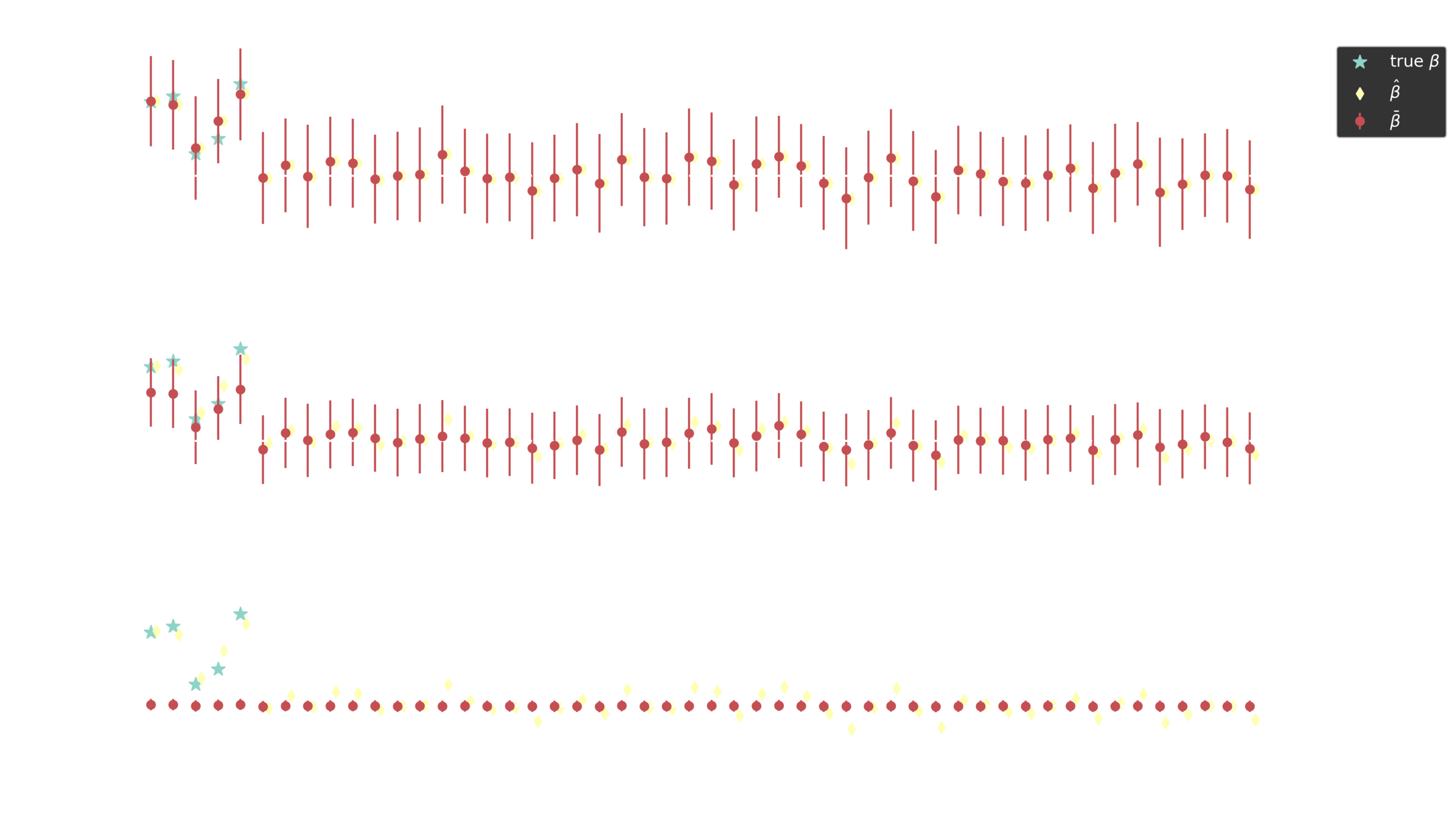
Shrinkage factor
Piironen, Juho, and Aki Vehtari. "Sparsity information and regularization in the horseshoe and other shrinkage priors." Electronic Journal of Statistics 11.2 (2017): 5018-5051.
Generative model
Posterior estimates
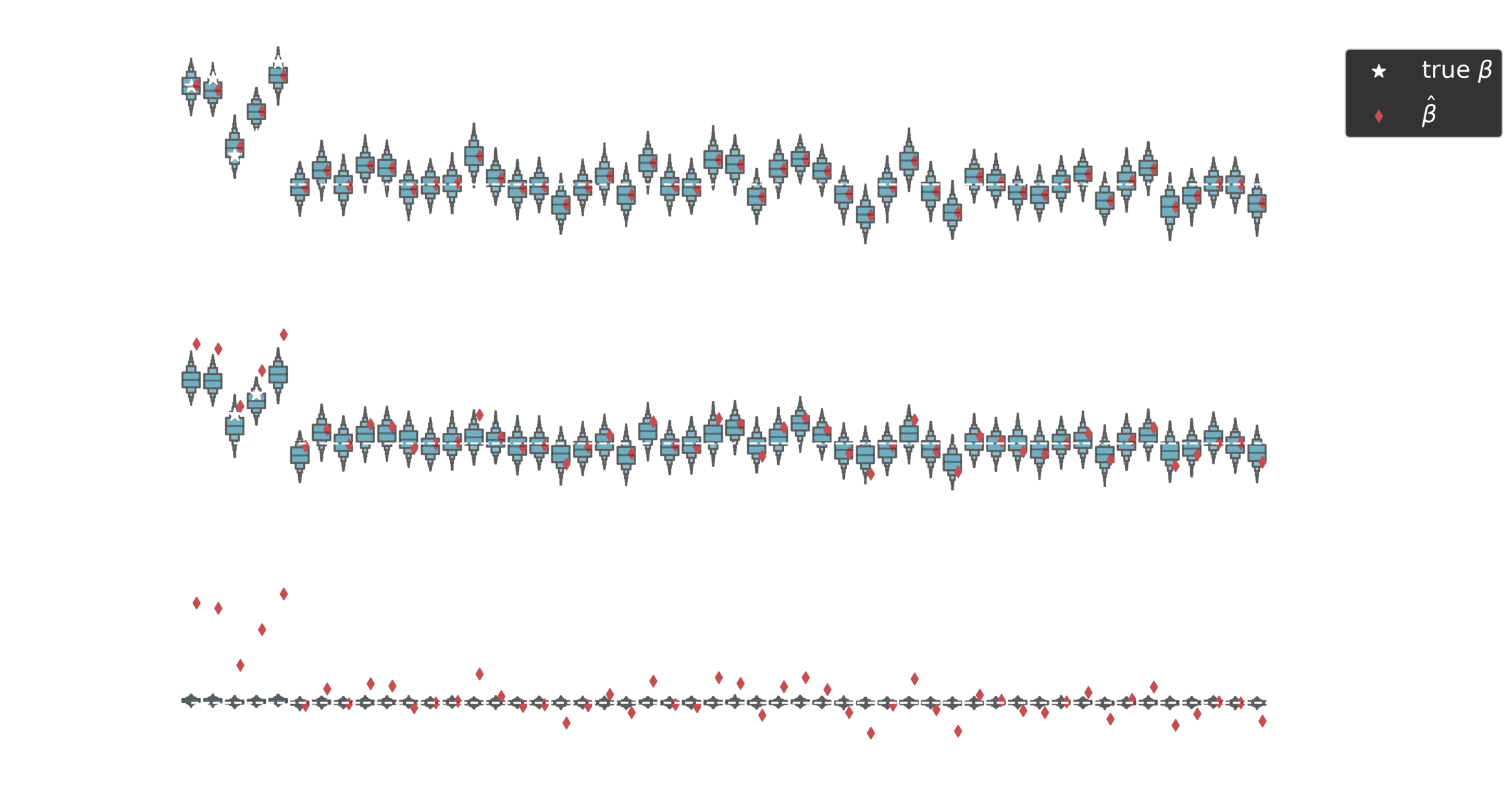
Horseshoe prior
Piironen, Juho, and Aki Vehtari. "Sparsity information and regularization in the horseshoe and other shrinkage priors." Electronic Journal of Statistics 11.2 (2017): 5018-5051.
Half-Cauchy distribution

Hierarchical generative model
Posterior estimates
Non-zero coefficients
Piironen, Juho, and Aki Vehtari. "Sparsity information and regularization in the horseshoe and other shrinkage priors." Electronic Journal of Statistics 11.2 (2017): 5018-5051.
Effective number of
non-zero coefficients
Expected effective number
Effective number
Piironen, Juho, and Aki Vehtari. "Sparsity information and regularization in the horseshoe and other shrinkage priors." Electronic Journal of Statistics 11.2 (2017): 5018-5051.
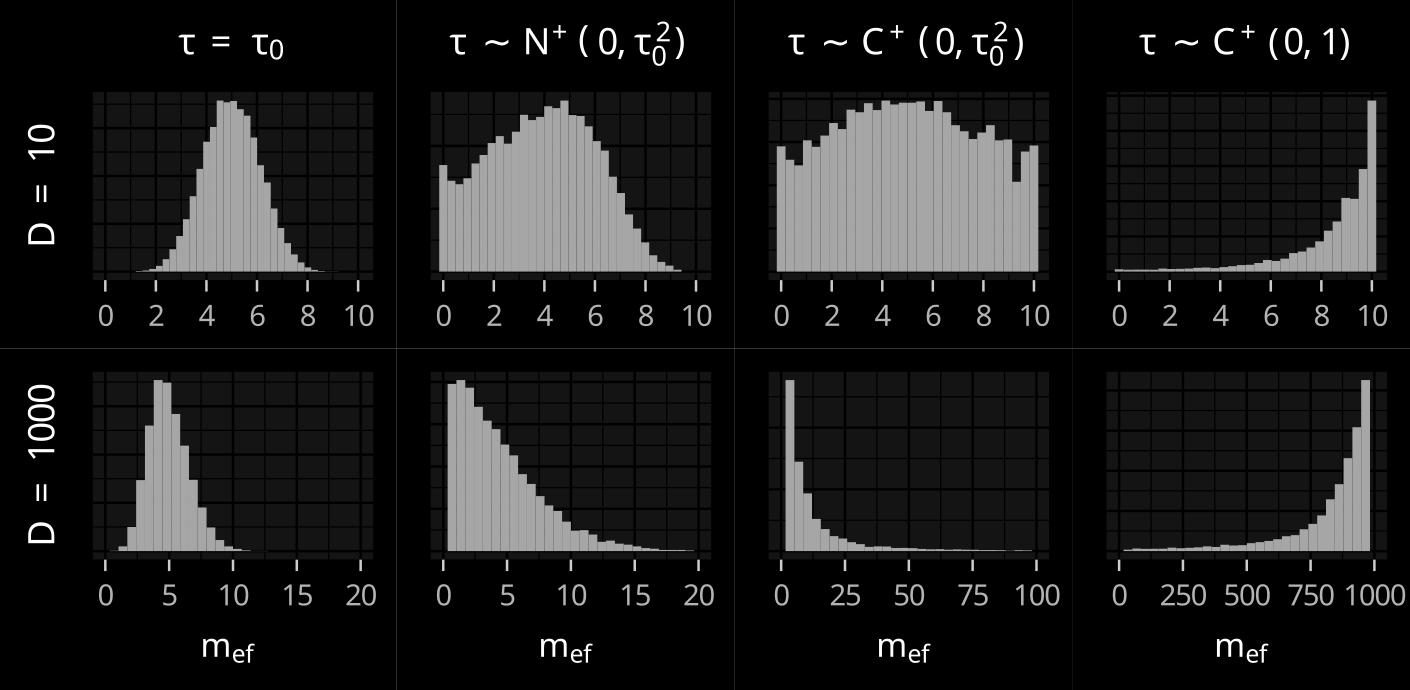
Hierarchical shrinkage
Piironen, Juho, and Aki Vehtari. "Sparsity information and regularization in the horseshoe and other shrinkage priors." Electronic Journal of Statistics 11.2 (2017): 5018-5051.
prior constraint on the
number of nonzero coefficients
\( \rightarrow \)
Posterior estimates
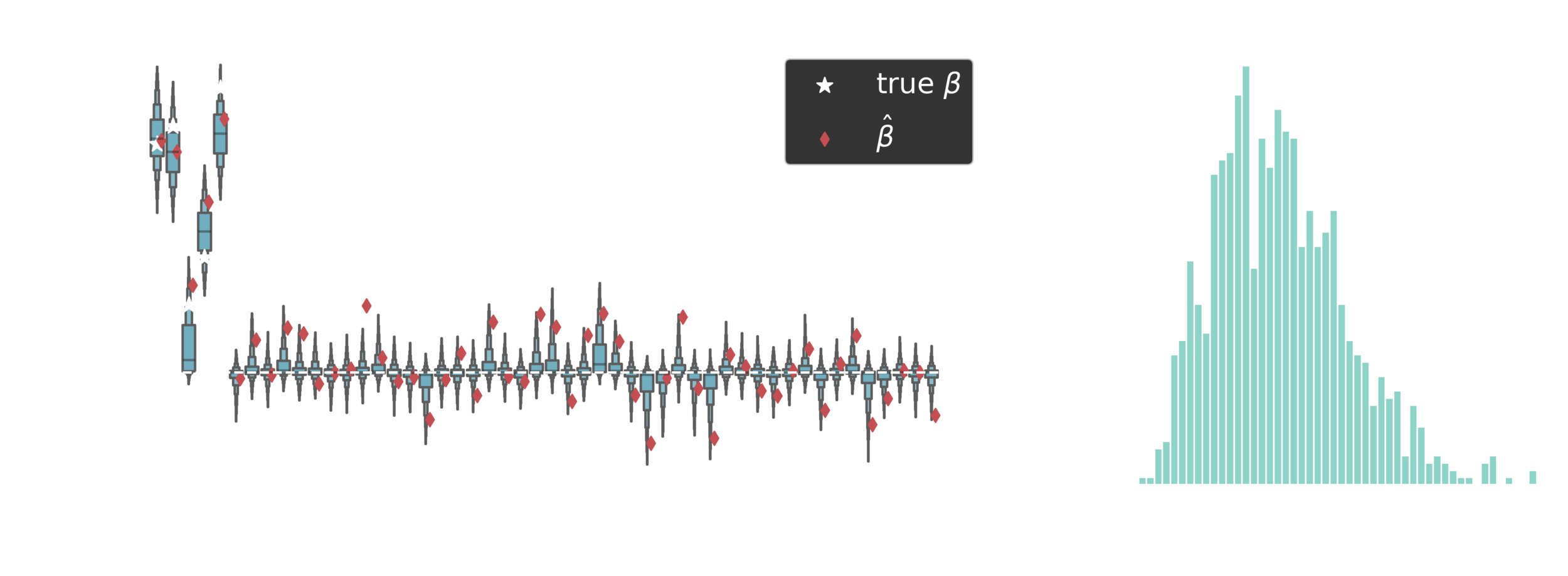
Posterior estimates
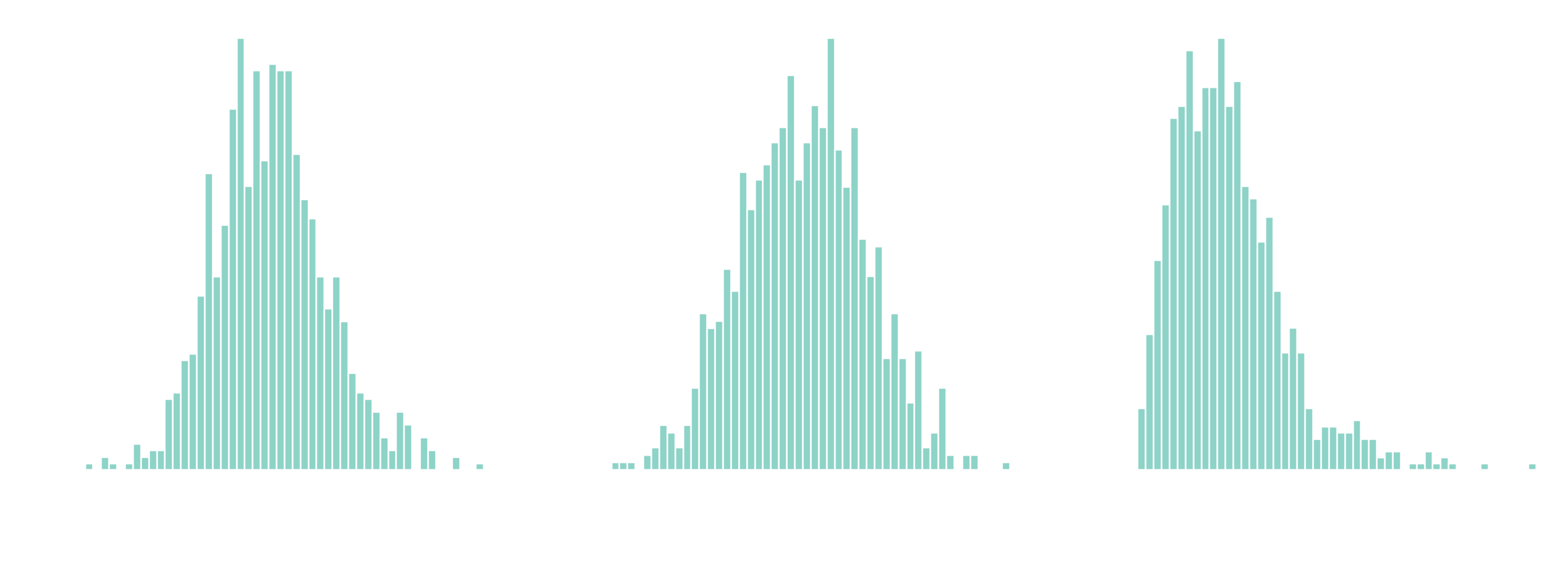
Outline
- Bayesian regression
- Hierarchical priors
- Shrinkage priors
- QR decomposition
- Pairwise interactions
QR decomposition

Simulated data
Posterior estimates

Outline
- Bayesian regression
- Hierarchical priors
- Shrinkage priors
- QR decomposition
- Pairwise interactions
Pairwise Interactions
Agrawal, Raj, et al. "The kernel interaction trick: Fast bayesian discovery of pairwise interactions in high dimensions." International Conference on Machine Learning. PMLR, 2019.
linear regression?
Structural prior
Agrawal, Raj, et al. "The kernel interaction trick: Fast bayesian discovery of pairwise interactions in high dimensions." International Conference on Machine Learning. PMLR, 2019.
The kernel interaction trick
Agrawal et al. demonstrates how one can express the linear regression problem (with pairwise interactions) as a Gaussian process model using specific kernel structure.
The Gaussian process models have better scaling with D, but further approximations are needed for larger N.
To me it is unclear if the approach can be applied to nonlinear GLMs.
Discussion
Hierarchical shrinkage priors are essential for separating signal from noise in the presence of correlations.
Structural shrinkage priors help separate linear
and pairwise contributions to the "responses".
https://github.com/dimarkov/pybefit
Generalises to Logistic regression, Poisson regression, etc.